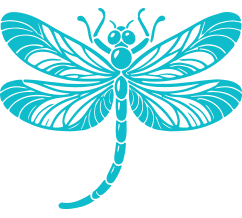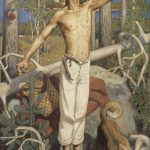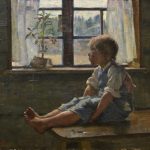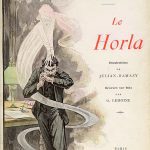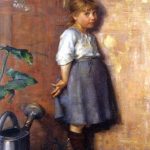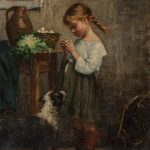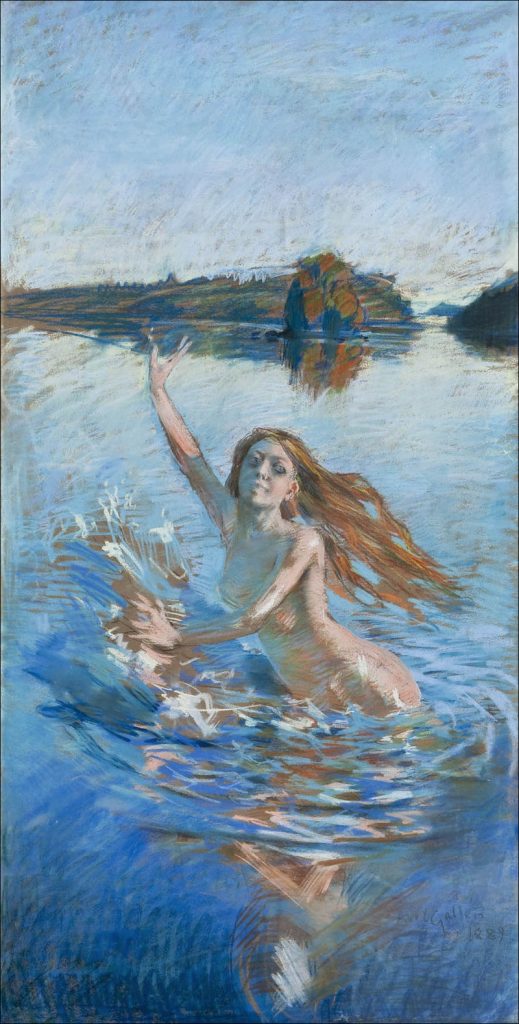

Gallen-Kallela painted two versions of the Aino Taru stall, the first of which was completed in Paris in 1889 and is now part of the Bank of Finland’s collections. When he arrived in Finland in 1889, Aino triptych aroused great enthusiasm.
When Gallen-Kallela’s friend and subscriber of several portraits, Professor Edvard Neovius bought the bill, the Senate of Finland decided to order a copy of it.
Gallen-Kallela himself was not satisfied with the result at the time, although painting was praised in Finland. For example, finding a Finnish model was difficult.
When the Senate ordered a copy of the painting for state collections, he was offered the opportunity to improve on the previous one.
Gallen-Kallela was inspired by her painting while she was married to Mary’s wife in a honeymoon in Kainuu. Most of the sketches were born on the way, but the final work was completed in Helsinki, at the artist’s studio in Malmi.
The Hard Work of Completing Aino Taru
In addition to the sketches, there are still stacks of photographs where Mary’s model, Gallen-Kallela’s wife, runs on water in the beach and suffocates water. The scenery of the middle image was inspired by the landscape of Lake Lentua in Kuhmo.
The original model of Väinämöinen was Elias Ahtonen, who lived in Lentiira, or “Rimmin Uljaska”, who lived in Kuhmo. The original model of the middle board of Aino, again, was the source of Renne Haverinen, who was the guide of Gallen-Kallela.
When Gallen-Kallela returned to Helsinki, Mary also showed up in Väinämö: she dressed in beard, dressed up in Väinämöinen’s clothes and stood patiently in the boots when the artist did her job. In addition, Mary’s stitches are all models of clothing visible in the painting.
In the most intimate images of the work, Aino’s wrist shows the bracelet that Gallen-Kallela had given to his wife as a present for tomorrow. Source: Wikipedia.

